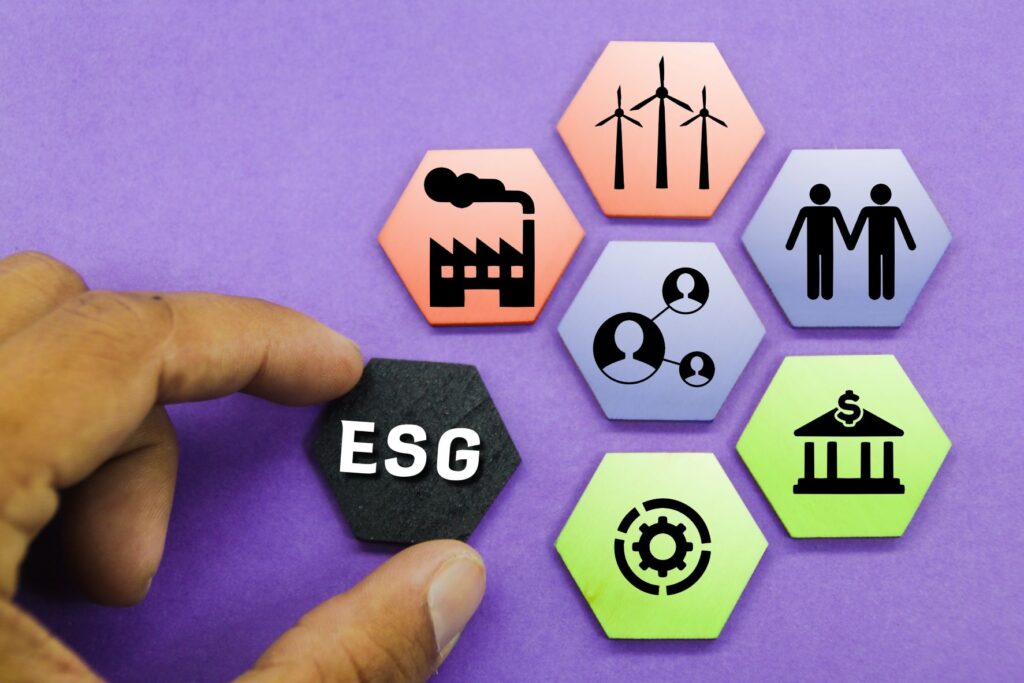What Are the Types of Sustainability Strategies?
There are many types of sustainability strategies. Some are focused on a single issue, while others seek to develop performance metrics that support sustainable efforts.
Become environmentally friendly from the bottom up
Creating a sustainable business can be a boon to the environment, as well as your bottom line. In fact, studies have shown that green companies outperform their peers by nearly 12 percent annually.
There are many options. Some businesses can do it on their own while others need substantial funding. However, a company-wide approach is necessary to ensure success.
Many companies are now adopting practices that reduce their environmental footprint. The best way to do this is to educate employees on how to do their part. You can also help by using renewable energy and other ecofriendly strategies.
One of the best places to start is the Environmental Protection Agency website. You’ll find many resources for sustainability-conscious people, including tips on how to save money and suggestions for alternative energy sources.
There are several other websites that offer more information. The Sustainable Apparel Coalition provides a list of manufacturers that are committed to improving their sustainability performance. Similarly, the McKinsey Global Sustainability Center has put together a number of guides to implementing sustainable business practices.
Many other companies have also taken the eco-friendly route such as Google, Apple, Wal-Mart, and Wal-Mart. Companies that fail to implement sustainability initiatives could end up contributing to the global climate crisis.
The key to creating a sustainable business is to identify what exactly your business is good at, and then devise a plan to get better at it. It is crucial to be able and measure success, from the development of metrics to sustainable policies. While the implementation of these measures may seem like a daunting task, the results will be worth the effort.
Last but not least, not all businesses will be created equal. Businesses with a shorter time frame or a lower budget can have a greater impact on emissions. This is especially true when you take into account the size of the Great Pacific Garbage Patch. To put it in perspective, it’s twice the size of Texas. And it would not have come to be without the actions of the many companies whose products use plastics.

Focus on one or two sustainability issues
When developing a sustainability strategy, businesses need to determine which issues are the most relevant. The most relevant may be one or two that are especially important. It depends on the stakes involved, and the ambitions for the business.
For instance, if the issue is compliance, it may be more appropriate to consider a company’s ability to meet environmental regulations than its ability to make a green product. If the issue is commercializing a green product, it may be more appropriate to develop a product that will be sustainable over the long term.
A materiality analysis is a way to prioritize these topics. Materiality assessment involves engaging with both external and internal stakeholders to determine which topic will be most important to the company.
Developing a sustainability strategy may require a significant shift in mindset. Companies in traditional sectors, such as manufacturing, can find this to be a challenging proposition. They might need to change outdated ideas such as perpetual economic growth and treating the environment like a sink for trash with a more forward-thinking approach.
There are many other aspects to consider when creating a sustainable strategy. Business owners need to be able find the best sustainable initiatives and to measure the financial, social, or environmental benefits. In addition to these considerations, a business will want to establish a central sustainability team to manage the initiative.
Creating a sustainability strategy is a complex process, and companies need to devise a multifaceted reorganization. Many organizations, including large multinationals, have begun to incorporate forward-thinking sustainability policies into their organizational structure. Many firms still don’t fully grasp the importance of sustainability.
The company’s decision-making process must be flexible and open to change. This requires regular discussions with stakeholders. The best people have a better view of sustainability trends and are better equipped to lead their companies in this direction.
One of the most significant factors in a sustainable strategy is the ability to engage employees in the cause. An incentive program that is compelling and well-designed can help motivate employees. Some companies use gamification to achieve this.
Develop sustainability-specific performance metrics
Developing sustainability-specific performance metrics is a great way to measure and monitor your progress toward sustainability. Many organizations have been considering sustainability over the past decade. Companies must decide which measures are meaningful and pertinent to be successful. Engagement of both internal and external stakeholders is necessary for measuring and reporting sustainability.
Metrics for assessing sustainability are based largely on disciplines in the physical, ecological, and social sciences. Many industries have already developed their own frameworks for measuring and reporting sustainability.
Some of the metrics being developed are energy intensity, greenhouse gas emissions, and environmental impact of materials. In addition, cities are starting to look at human development, gross domestic product, and environmental quality. These metrics will help governments make better decisions.
New sustainability-specific metrics will also raise awareness about sustainability around the world. The public will be able see how their cities are doing as companies develop and use these metrics.
Organizations have been struggling to balance sustainability issues with other business concerns. Companies need to create a sustainable business model which incorporates both sustainability and other business concerns in order for them to be successful. This includes setting measurable targets, setting incentives, and conducting regular performance reviews.
Sustainability topics, unlike other business issues require faster responses and quicker decision making. Companies must be able to identify the most important concerns and determine which metrics are meaningful. A visualization technique to show the state and extent of sustainability will give a better picture.
A key performance indicator (KPI) is a quantitative metric that measures the performance of a company. It allows companies measure and compare their sustainability practices with best-practices. It can be complicated to create KPIs. They require a collaborative effort between departments and a company’s entire workforce.
Various types of indicators–such as Life Cycle Assessment, Environmental Valuation, and Evaluating Projects and Policies–are being used to determine how companies are doing in terms of their commitment to sustainability. The Triple Bottom Line concept and the Tragedy Of the Commons are just a few of the other methods that can be used to evaluate sustainability.
Limitations in achieving real sustainability
Firms must communicate effectively in order to develop real sustainability plans. They must communicate clearly to customers, investors, and employees. These communication efforts should be long-term and strategic.
Businesses need to understand the drivers of sustainability in order for them to take sustainable action. There are two types of driving forces. The human behavior of a company can directly drive its actions, or indirectly through consumer habits and social pressures.
Businesses should also consider the demographics of their target markets. Demographic trends are strongly related to production/consumption issues. For example, many Western countries have aging societies. Similarly, migration has been a significant factor in the composition of many Western populations.
Businesses must also be aware of the global resource constraints. This pressure can also be alleviated by addressing poverty and population increase. Companies can also invest in counteracting indirect driving forces.
Corporate social responsibility is an important part of sustainable strategies. CSR refers to companies that are actively involved in both social and environmental concerns. It is linked to social inclusion, environmental integrity, and competitiveness.
While sustainability has been a topic of much debate, it is still not fully understood. Although some studies have examined sustainability in general, the majority of them have focused on private behaviors.
The issue of social sustainability is still debated in business literature. Many believe that it is exaggerated. Regardless of the debates surrounding sustainability, there are real opportunities to address challenges.
The World Business Council on Sustainable Development has presented Vision 2050, which outlines a pathway for companies to overcome obstacles. The report urges companies to plan for market transformation and create sustainable business models.
While there are many ‘alternative’ systems to solve sustainability challenges, the best approaches to achieving real sustainability strategies focus on key areas of consumption and production. Businesses can better understand and solve their current problems by using constructive frameworks and a positive approach.
As the World Economic Forum’s Global Risk Report indicates, climate change is among the top five threats to the planet in 2020. Global economic gains could reach $26 Trillion if we take bold actions.






